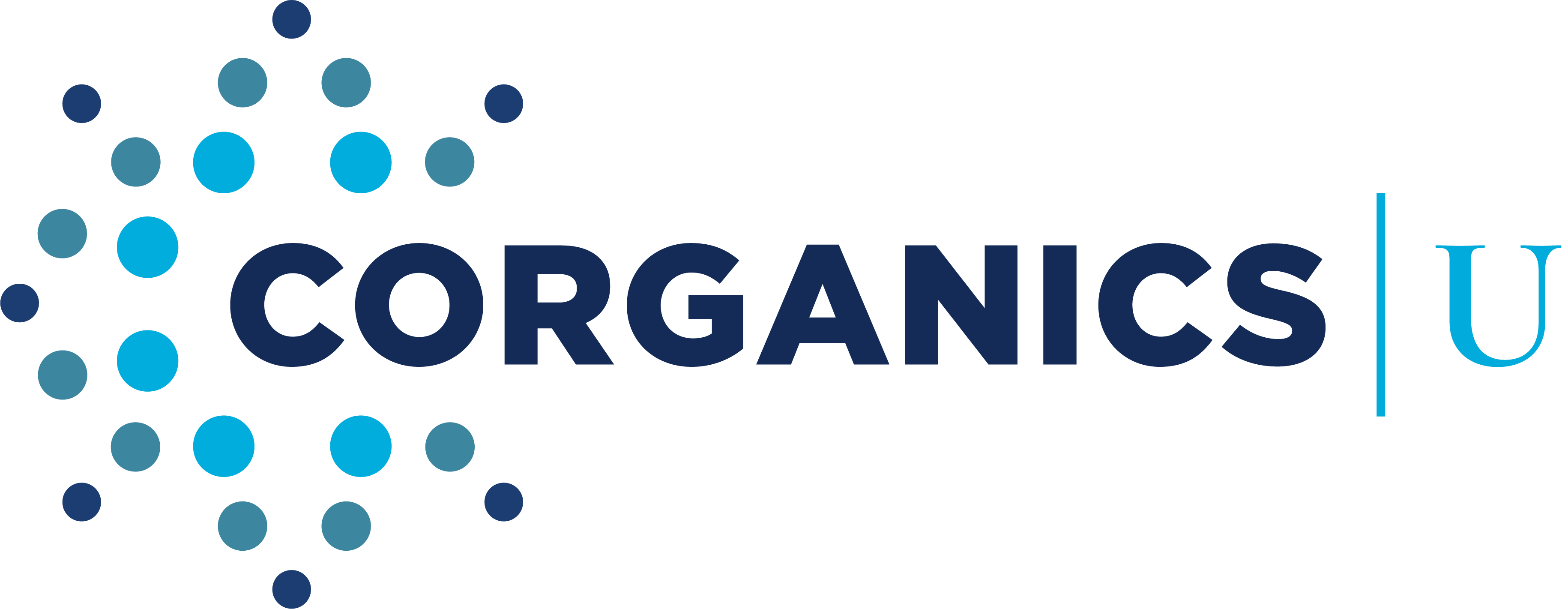A Brief History of the ECS
In 1998, Vincenzo Di Marzo, one of the world’s leading cannabinoid scientists, stated that these physiological processes in the human body: mood, appetite, sleep, memory, and pain-sensation are in the domain of a biological regulatory system wired to keep the body in balance.
Named after the plant that led to its discovery, the endogenous cannabinoid system is perhaps the most important physiologic system involved in establishing and maintaining human health. It is composed of endocannabinoids, which are endogenous lipid-based retrograde neurotransmitters that bind to cannabinoid receptors, and cannabinoid receptor proteins that are found throughout the body in the brain, organs, connective tissues, glands, and immune cells. In each tissue, the cannabinoid system performs different tasks, but the goal is always the same: homeostasis. In fact, almost every physiological process is affected by the endocannabinoid system on some level. This means it can be targeted to treat many diseases.
In 1964, Dr. Raphael Mechoulam, the sometimes referred to as the “godfather” of cannabis research, first identified and isolated tetrahydrocannabinol (THC) for the first time. THC is historically known for its psychoactive properties. In addition, Mechoulam also successfully isolated cannabidiol (CBD), a non-psychotropic cannabinoid and generally associated with antioxidant and neuroprotectant properties. These cannabinoids are referred to as “phytocannabinoids” because they are naturally occurring in plants. Being able to isolate these phytocannabinoids for the first time was a critical stepping stone in discovering the endocannabinoid system.
